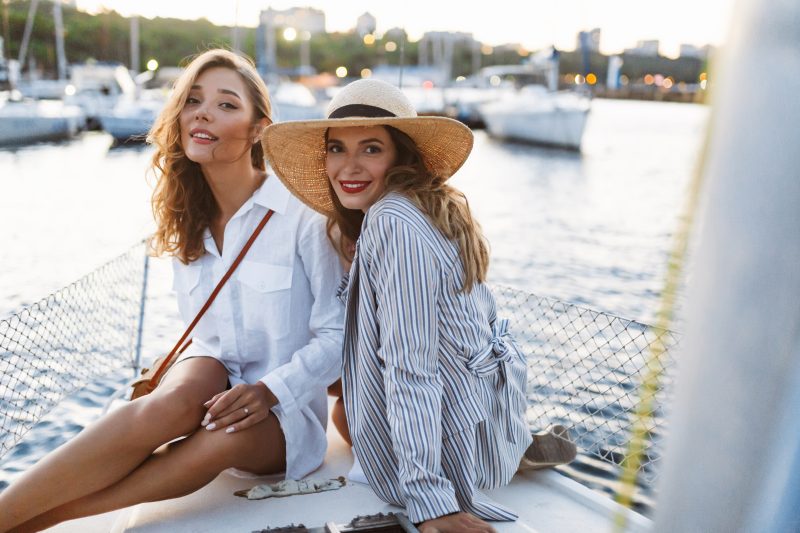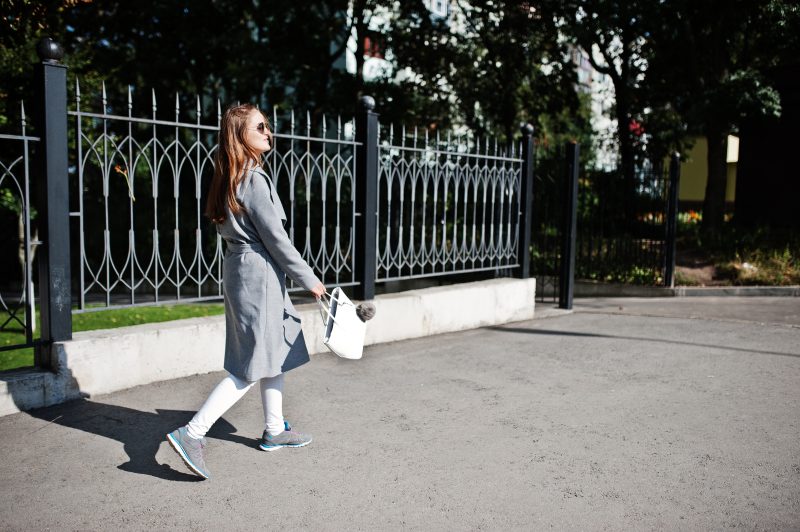I’ll never forget the first time I truly understood that fashion isn’t just about clothes—it’s about geography. My sister lives in Chicago now (has for about eight years), and when she was planning her bachelorette party, she wanted to do something different. Instead of the typical Vegas trip, she decided we’d spend a long weekend in different cities, bar-hopping and experiencing what she called “regional nightlife culture.” At the time, I thought she was just being pretentious. Turns out, she was onto something pretty fascinating.
Our first stop was Nashville. I packed what I considered my best going-out outfit—dark jeans, a cute top from Madewell, and my favorite ankle boots. You know, the kind of outfit that works for date night in Minneapolis, maybe drinks with other moms after soccer practice. I felt pretty good about myself until we walked into our first honky-tonk on Broadway.
Holy. Cow.
Every woman in that place looked like she’d stepped out of a country music video, but in the best possible way. We’re talking perfectly curled hair (like, professional-level curls), full makeup that somehow looked natural but also camera-ready, and outfits that were clearly planned with serious intention. Dresses that fit like they were tailored, boots that cost more than my monthly grocery budget, jewelry that caught the light just right. I suddenly felt like I’d shown up to prom in my gym clothes.
My sister’s friend Kate, who’d lived in Nashville for a few years, laughed at my wide-eyed expression. “Y’all didn’t dress for Nashville,” she said, and she wasn’t being mean about it—just stating a fact. “Here, going out means going ALL out. It’s part of the culture. Women spend hours getting ready because looking amazing is part of the fun.”
And you know what? She was right. As the night went on, I watched women compliment each other’s outfits, take photos together, genuinely celebrate each other’s efforts. There was this sense of community around the whole getting-ready ritual that I’d never experienced. In Minneapolis, if someone’s too dressed up for a casual bar, we might side-eye them a little. In Nashville, being underdressed felt like showing up to someone’s birthday party empty-handed.
The next night we were in Atlanta, and I thought I’d learned my lesson. I borrowed a dress from Kate, spent an hour on my hair (which is saying something because my usual routine is wash, scrunch with some mousse, and hope for the best), and actually put on lipstick. Walked into our first spot feeling pretty confident until I realized I’d made a completely different mistake.
Atlanta fashion—at least in the places we went—operates on this whole other level of creativity and individual expression that I wasn’t prepared for. While Nashville had felt like everyone was playing by the same gorgeous playbook, Atlanta was like walking into the most amazing fashion experiment ever. Women mixing vintage band tees with designer skirts, incredible natural hair styles I’d never seen before, makeup that was basically art, accessories that turned outfits into statements.
I’d dressed like Nashville when I needed to dress like Atlanta, and the borrowed dress that had felt so perfect the night before now felt generic and boring. Not wrong, exactly, but… vanilla. Like showing up to an art gallery opening in a beige pantsuit.
My sister’s friend Maya, who’d moved to Atlanta from Cleveland a few years back, explained it over brunch the next morning. “Atlanta fashion is about telling your story through your clothes,” she said. “It’s not about following rules—it’s about breaking them in interesting ways. The worst thing you can be here is boring.”
By the time we got to New Orleans (our final stop), I was basically having an identity crisis about my entire wardrobe. Thank god Maya had insisted we all go shopping that afternoon because I was starting to understand that this wasn’t just about having the “right” clothes—it was about understanding what clothes mean in different places.
New Orleans threw me for another loop entirely. The whole city has this laid-back elegance that I’d never encountered before. People looked effortlessly put-together in a way that seemed impossible. Flowing dresses that looked expensive but also comfortable enough to walk around in all day, jewelry that seemed meaningful rather than just decorative, hair that looked perfectly undone in a way that probably took forever to achieve.
“It’s about looking good without looking like you’re trying,” explained Sarah, a local we met at a coffee shop who ended up showing us around. “But also about respecting the city’s history and culture. You don’t want to look like a tourist, but you also don’t want to look like you don’t appreciate where you are.”
The whole weekend left me thinking about fashion in ways I never had before. Back home in Minneapolis, my style choices are pretty much dictated by practicality—can I wear this to drop the kids off at school? Will it hide stains? Can I move around comfortably in it? Those are still important considerations (because sticky fingers and playground duty don’t care about fashion), but I started realizing I’d been thinking about style in this really narrow, functional way.
What I learned from that bachelorette weekend is that regional fashion differences aren’t just about climate or available stores—they’re about culture and community values. In Nashville, the emphasis on glamour and visible effort reflects a culture that celebrates femininity and taking pride in your appearance. In Atlanta, the creative individual expression mirrors a city that values innovation and artistic thinking. In New Orleans, the effortless elegance matches a place that’s deeply rooted in history but also incredibly welcoming.
Even here in Minneapolis, we have our own regional style, though I’d never really thought about it before. We tend to prioritize functional, outdoorsy pieces—good boots for snow, layers for unpredictable weather, practical fabrics that can handle real life. There’s definitely a Midwest sensibility that values looking put-together without being flashy, investing in quality basics that last forever, choosing comfort over drama.
When I got home, I started paying more attention to how the moms at school pickup dressed compared to what I’d seen on our trip. Sure enough, there’s a definite Minnesota mom uniform—well-fitted jeans or leggings, comfortable but nice sneakers or ankle boots, cardigans or fleece jackets, minimal jewelry, makeup that looks natural. It’s not boring (though I might have thought so before), it’s just suited to our climate and lifestyle and values.
But that weekend also made me realize I’d been using “practical” as an excuse to not think about style at all. There’s a difference between dressing appropriately for your life and completely giving up on personal expression. I started experimenting more with accessories (because even if my kids destroy my shirt, they probably won’t mess with my earrings), paying more attention to how different cuts of jeans made me feel, actually considering color choices instead of just grabbing whatever was clean.
The funny thing is, understanding regional style differences has actually made me more confident in my own choices. When we visited my husband’s family in Phoenix last summer, I packed completely differently than I would have before that bachelorette trip. Desert casual isn’t the same as Midwest casual—different colors, different fabrics, different level of polish. I felt much more comfortable because I’d put thought into dressing for where I was going to be, not just throwing clothes in a suitcase.
I’ve also started noticing these regional differences when I travel for mom stuff—like when we went to that soccer tournament in Denver, or when I visited my college roommate in Portland. Each place has its own unwritten dress code, its own relationship with fashion and personal style. It’s not about right or wrong, it’s about understanding what clothes communicate in different contexts.
The whole experience made me appreciate both regional differences and my own Midwest style more. There’s something to be said for a fashion culture that prioritizes practicality and comfort, that doesn’t require hours of preparation for everyday activities, that values quality over trendiness. But there’s also something to be said for places where getting dressed is considered an art form, where personal style is a priority, where looking amazing is seen as a form of self-respect and community participation.
Now when I’m getting dressed, I think about it differently. I’m not just putting on clothes to cover my body and hide stains (though those are still considerations). I’m making choices about how I want to present myself, what I want my clothes to say about who I am and where I belong. Even if where I belong is suburban Minneapolis with two kids and a Target budget, that’s still a valid style identity worth thinking about and investing in.
And honestly? Next time my sister plans a multi-city trip, I’ll be way better prepared.


